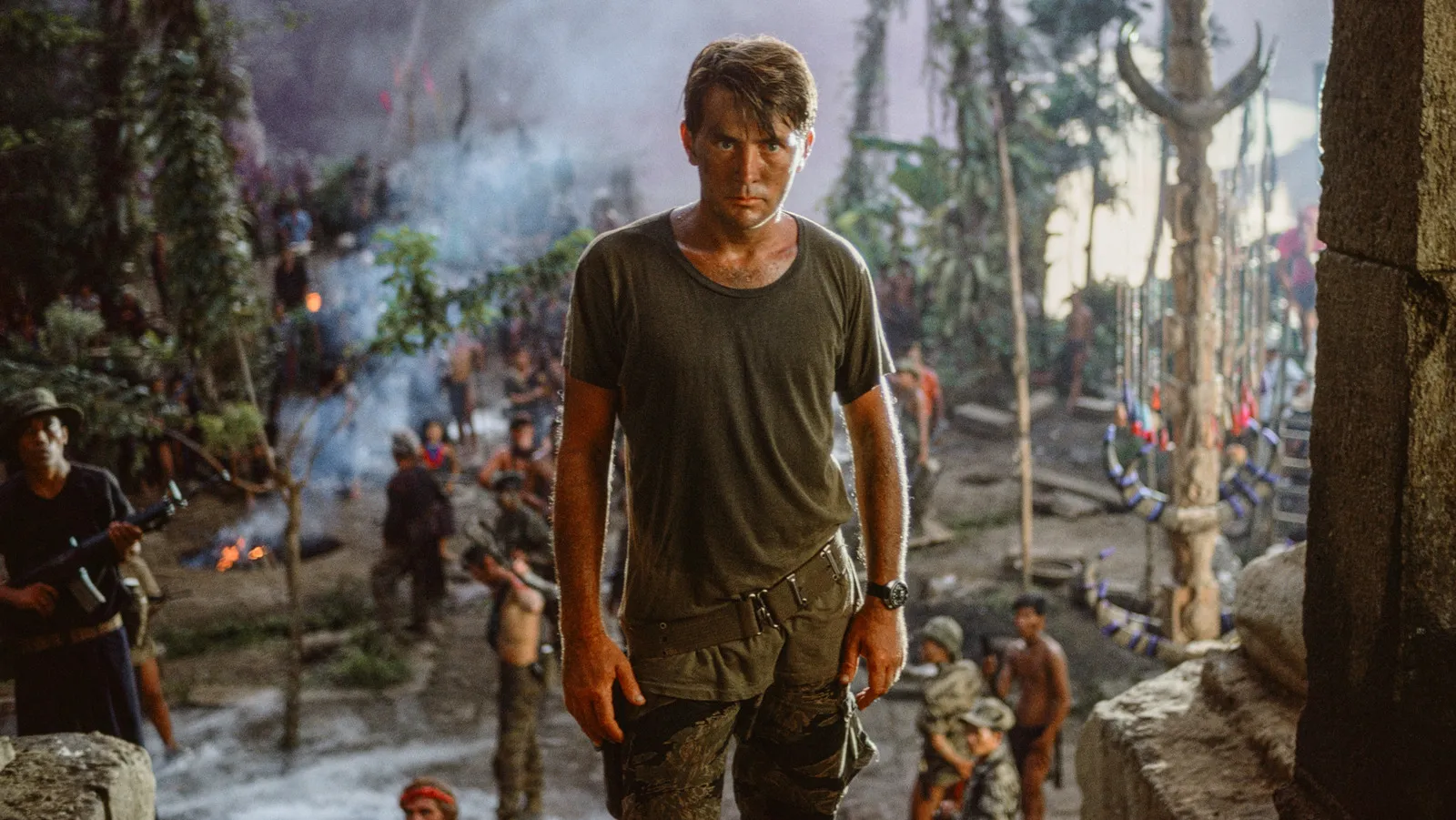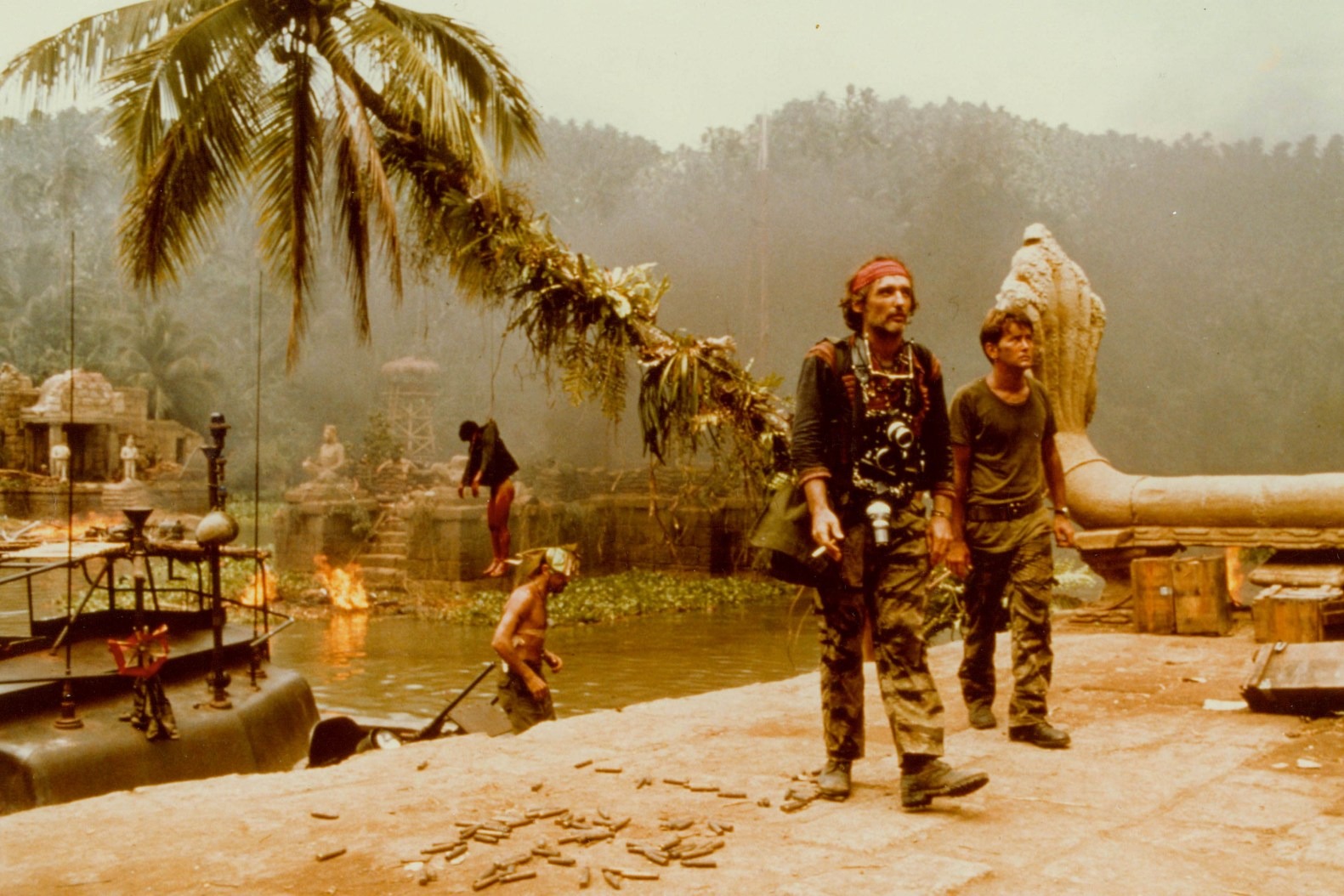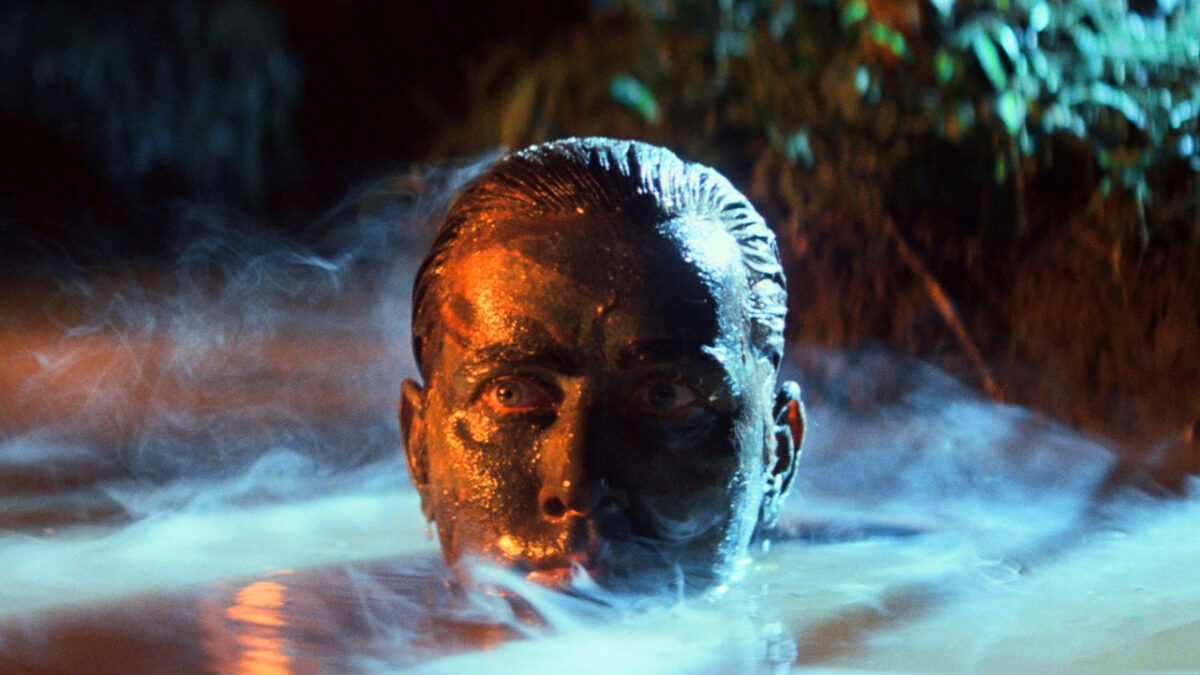During the 1970s, a fresh wave of creativity reshaped American cinema, with New Hollywood directors making the most of artistic liberties as the old studio system waned. The film industry saw a change in attitudes towards themes of sex, violence, and mature storytelling.
It also allowed filmmakers like Scorsese, Altman, Bogdanovich, and Polanski to thrive creatively, delivering some of the most iconic films of that period. That era of creative freedom, however, eventually spiraled out of control.

As the decade drew to a close, some productions became so extravagant and overambitious that they led to the decline of the movement.
Though it didn’t collapse in the same catastrophic manner as Michael Cimino’s ill-fated Heaven’s Gate—the film often blamed for marking the downfall of the American New Wave—Apocalypse Now bore traces of the same unchecked artistic excess.
Oscar-winning director Francis Ford Coppola, who had honed his skills under the cost-conscious Roger Corman, took his vision to an extreme with this intense adaptation of Joseph Conrad’s Heart of Darkness.
The chaotic production of Apocalypse Now has become legendary in filmmaking history, so much so that it warranted its full-length documentary, Hearts of Darkness: A Filmmaker’s Apocalypse.
The shoot in the Philippines was plagued by disasters, including a typhoon that destroyed a massive set, lead actor Martin Sheen suffering a heart attack, the use of actual corpses as props in the climax, and an improvised conclusion due to the unpredictable nature of Marlon Brando.
Coppola, working alongside screenwriter John Milius, had a clear goal: to immerse the audience in the experience of war and provoke a visceral reaction similar to that of actual soldiers who had lived through combat.
Apocalypse Now is now widely regarded as one of the most harrowing war films ever made, successfully portraying the horrors of warfare. But what about the book that inspired it, and that eerie, unforgettable ending?
What’s Apocalypse Now Really About?
A mentally exhausted special forces operative, Captain Willard (Martin Sheen), is losing his grip on reality while holed up in a Saigon hotel room when he is handed an unusual mission.
His orders are to travel up a river into Cambodia and locate Colonel Kurtz (Marlon Brando), a once-revered Green Beret officer who has gone rogue, leading his brutal campaign beyond the Pentagon’s control. Willard’s assignment is to eliminate Kurtz with “extreme prejudice.”
To reach his target, Willard joins a U.S. Navy river patrol boat, gradually making his way upriver with the crew. Along the journey, they witness increasingly surreal and horrifying events, from an airstrike on a Viet Cong-occupied village to a bizarre Playboy Playmates dance performance deep in the jungle.
One by one, Willard’s team succumbs to the jungle’s terrors until the few remaining survivors arrive at Kurtz’s stronghold, littered with decomposing bodies. With the planned airstrike on the site abandoned, Willard must confront his inner darkness before carrying out his mission.
As he slaughters Kurtz, the dying colonel utters his final words: “The horror… the horror…”
The Book That Inspired the Film
Joseph Conrad drew from his personal experiences working for a Belgian trading company along the Congo River to craft a tale about a man named Kurtz, who establishes a violent regime at a remote trading post, where he is worshipped as a demigod by the locals. The novella, Heart of Darkness, was the result of these reflections.
Marlow, the book’s protagonist, embarks on a journey into the depths of the jungle to find Kurtz, a man whose reputation instills both fear and fascination.
Reports suggest that Kurtz’s health is deteriorating, but when Marlow finally arrives at his station, decorated with severed heads on stakes, it becomes evident that the once-esteemed trader has lost all sense of morality.
Through Kurtz’s descent into madness, Conrad critiques Belgian rule in the Congo, exposing how colonial forces, equipped with superior technology, exploited their dominance over native populations.
This also reflects the larger pattern of European powers plundering Africa during the late 19th century’s Scramble for Africa.
The title Heart of Darkness carries dual significance—referring both to the journey into the so-called “Dark Continent” and the depths of cruelty and depravity that human beings can sink to in the pursuit of power and wealth.
Understanding the Ending of Apocalypse Now
Though the film follows a similar core storyline as the book, Coppola and Milius incorporate the theme of war, drawing comparisons between European colonialism in Africa and America’s involvement in Vietnam.

Willard, despite being the protagonist, transforms much like Kurtz, becoming increasingly detached from conventional civilization as he presses on with his mission. Kurtz’s actions illustrate the way war strips people of their humanity, especially when they are granted unchecked authority over those they claim to govern.
From the start, Willard’s mental state appears fragile, but by the final act, he has abandoned any pretense of Western ideals. By the time he arrives at Kurtz’s compound, he is half-naked, blending into his savage surroundings.
As a ceremonial slaughter of a water buffalo plays out, Willard mirrors the ritual by executing Kurtz. The implication is clear—just as the U.S. military found Kurtz useful until he became uncontrollable, he is now being disposed of like an expendable asset.
Following Kurtz’s death, his followers stand poised to accept Willard as their new leader. Instead of seizing power, he chooses to leave with the last surviving member of his crew.
The film’s conclusion leaves room for interpretation—has Willard broken free from the cycle, realizing that stepping into Kurtz’s role would only lead to his downfall? Or has he been so consumed by the madness that he now intends to establish his domain beyond the reaches of civilization?
Though he appears to be heading back, the lingering question remains—can a man like Willard ever truly return home?



